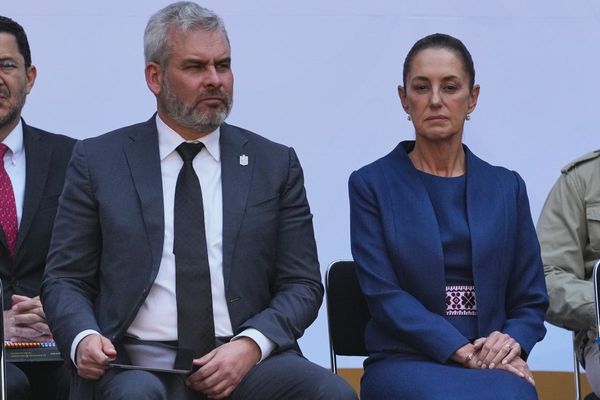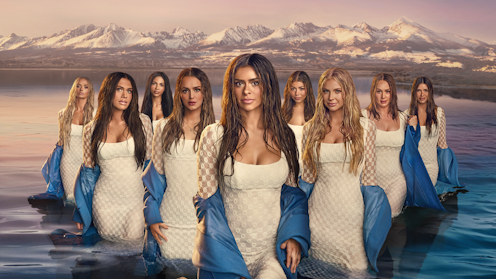
Reality TV series The Secret Lives of Mormon Wives follows a number of social media influencers from the Church of Jesus Christ of Latter-day Saints who rose to prominence through social media, and particularly TikTok.
The show is based in Utah, United States, where the church has its headquarters. But it stands in stark contrast with the stereotypical perception of Mormons – and especially Mormon women – the church has promoted for more than a century.
Through its exploration of traditionally “taboo” topics such as sex, marital issues, mental illness and sexual abuse, The Secret Lives of Mormon Wives clashes against the church’s carefully curated public image.
Historical pariahs
Historically, the church’s practice of polygamy placed it at odds with the mainstream sexual and familial norms of 19th century America.
Polygamy had been practised by Mormons since at least the 1830s, and was officially announced as permissible by the church in 1852. The church now acknowledges its founder, Joseph Smith, married almost 40 women and teenage girls before his death in 1844.
When Mormon missionaries began to proselytise throughout the world, newspapers criticised the practice, and Mormons were framed as sexual deviants and racialised “pariahs”. In other words, Mormons were presented as being racially different to the rest of white American society. This claim was even supported by doctors at the time.
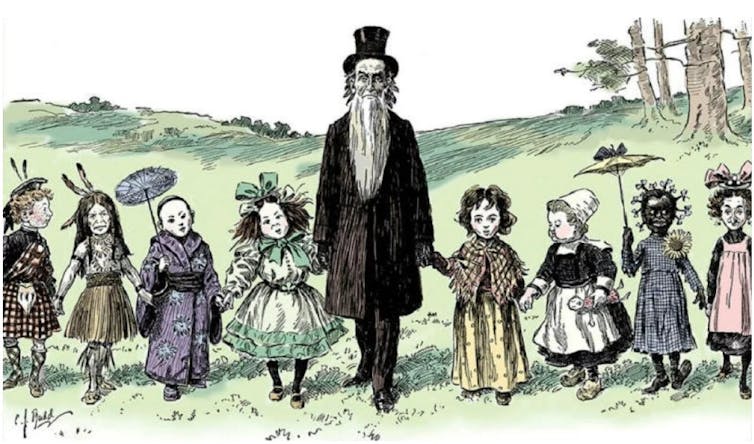
To Mormons, however, polygamy was a reintroduction of the correct form of marriage, and they pointed to biblical prophets to justify it.
In 1862, the US congress passed a series of laws aimed at abolishing polygamy. This resulted in the arrest of church leaders and the confiscation of church-owned funds and properties in Utah.
Then, in the 1870s, exposés written by former Mormons (particularly women) decried polygamy as evil, increasing hostility against Mormon leaders.
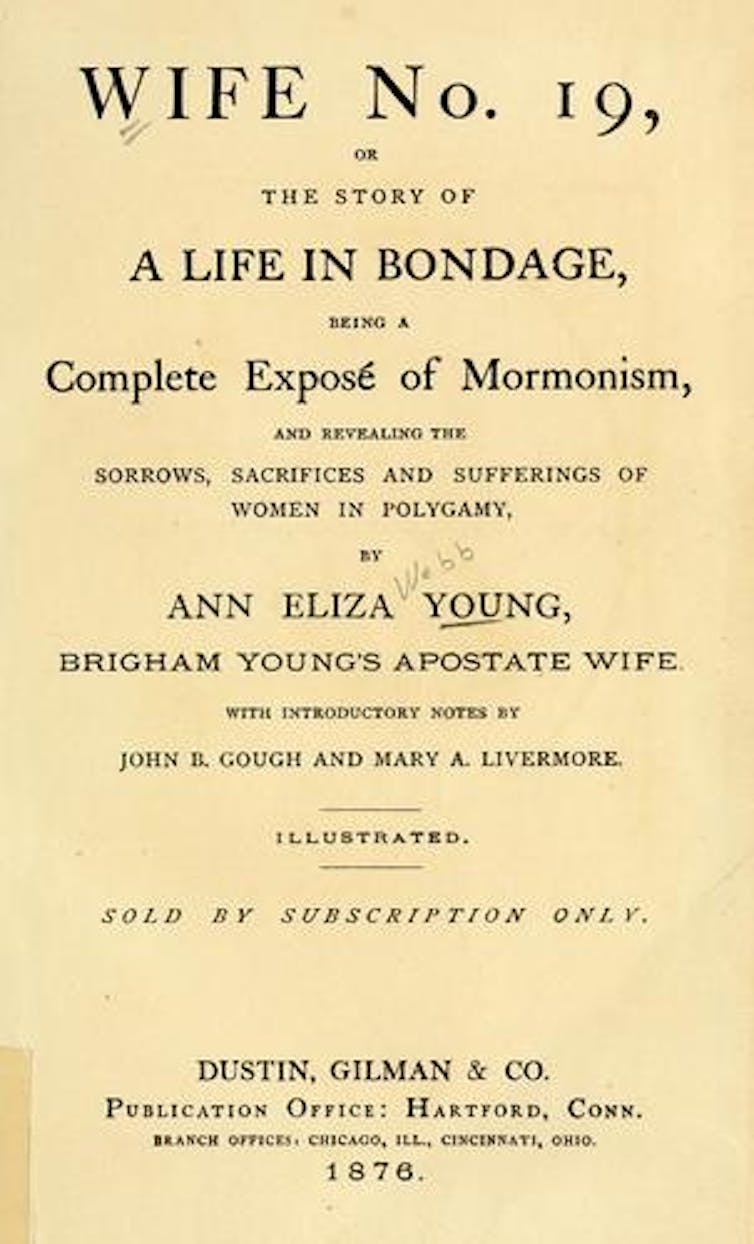
In 1890, church leader Wilford Woodruff announced in a revelation known as the Manifesto that polygamy would cease. The Manifesto was accepted by most Mormons as the government’s harassment increased. However, breakaway groups called “fundamentalists” continued the practice.
Today, Mormon scriptures continue to state polygamy is the correct form of marriage, and will exist in the afterlife.
The stereotypical Mormon
Since the ending of polygamy, the church has sought to establish itself as a moral equal to mainstream Christian norms, especially sexual norms. In 1995, it released a document titled Family: A Proclamation to the World which emphasised the view that heterosexual marriage and strict gender roles are divinely ordained.
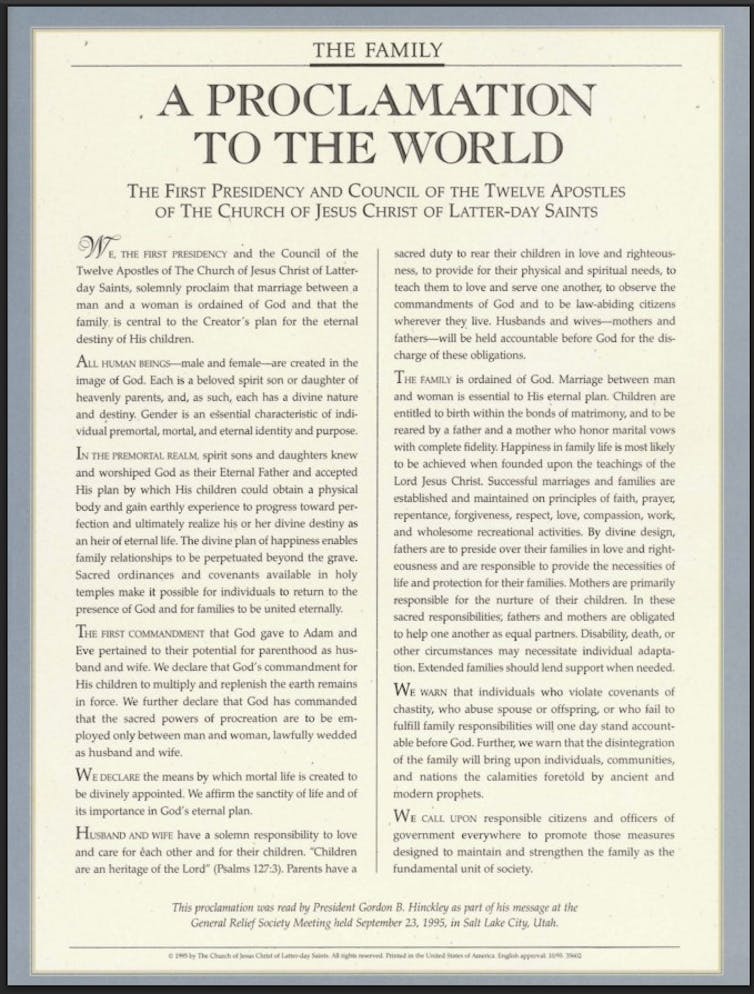
As the church has grown, it has presented its members as model citizens of the nations they reside in.
In doing so, it has promoted unique doctrines and practices, such as sexual abstinence before marriage, and a particular health code called the Word of Wisdom which bars alcohol, tea, coffee and tobacco.
These doctrines, and existing stereotypes of Mormons, are examined in The Secret Lives of Mormon Wives.
Colliding perceptions
The 2024 release of the series caused waves in the Latter-day Saints community, with a number of Mormon-focused publications condemning it.
Before the show was released, the church published a general statement saying media portrayals of Mormons “often rely on sensationalism and inaccuracies that do not fairly and fully reflect the lives of our Church members”. It has yet to directly comment on the show.
Nonetheless, the representation of Mormons in The Secret Lives of Mormon Wives is problematic for the church, because it transgresses its highly curated image of Mormonism.
As the influencers put it, there is a desire to push back against stereotypes around Mormonism, and particularly Mormon women. These stereotypes have been crystallised by the church to combat perceptions of Mormons as sexually abhorrent, due to past practices of polygamy.
The women in the show wear clothing that would not cover “temple garments”, the mandatory Latter-day Saint undergarments which seek to impose sexual modesty.
There is also a tongue-in-cheek acknowledgement that while the church prohibits stimulants such as tea, coffee and alcohol, Mormons within Utah and surrounds still consume other, somewhat surprising, substances. For instance, the use of ketamine in therapy is allowed when administered by a healthcare professional.
The series also engages with topics considered taboo in the church, such as marital issues, mental health struggles and consensual sex. Even if these are being played up by the cast or producers, such discussions are lacking in broader Mormon circles.
Importantly, there are admissions by some cast members, including one of the husbands, of being sexually abused as children. According to the cast members themselves, these disclosures are intended to empower viewers who may have had similar experiences.
This is a powerful critique, because the Mormon church has come under intense scrutiny for its failure to properly respond to child sexual assault, both in the US and globally.
The next steps
The show is having a marked impact on perceptions of Mormonism, despite the church’s stance it doesn’t represent the beliefs and lifestyle of Mormons more broadly.
For many viewers, it might be their introduction to the religion. This is concerning for adherents, and particularly for the church’s leadership.
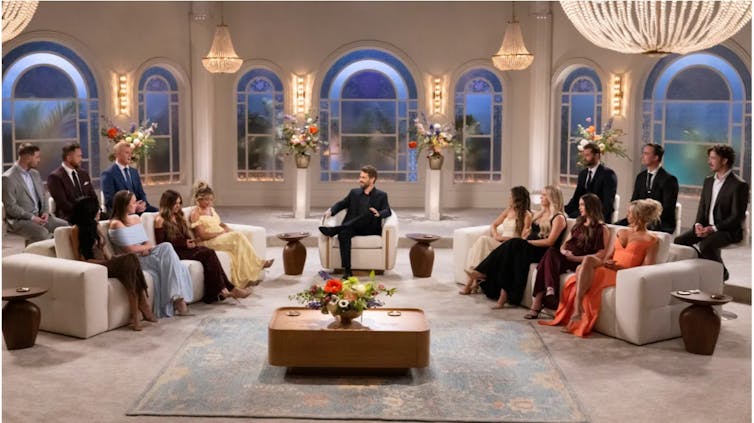
There are internal tools the church could use against the show’s cast members, such as disciplinary councils or excommunication. But these would be ineffective since only about half the members consider themselves “faithful” Mormons.
It’s interesting the church has yet to condemn the show. Perhaps maintaining an image of reluctant acceptance is more important, as in recent years the church has been criticised for overreach against its own members.
In this case, the show would be an uncomfortable reality the church will just have to live with. Either way, the damage to the stereotypical Mormon image is done.
The Secret Lives of Mormon Wives is available to stream on Disney+.
Brenton Griffin was raised as a member of the Church of Jesus Christ of Latter-day Saints, but is no longer a practising member of the church. His research is focused on the religion's place in Australian and New Zealand popular culture, politics, and society from the 19th century to present.
This article was originally published on The Conversation. Read the original article.

